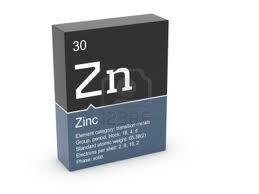General information:
Zincul is an essential nutrient for the human body and is found in important quantities in mineral waters.
Referential after which the analysis is performed:
The analysis for determining the zinc content of drinking water is performed within its own laboratory according to the national standard SR ISO 8288:2001.
The principle of the method:
Determination of the zinc content in drinking water is performed by spectroscopy method of atomic absorption in flame.
Canuses of sample rejection – quantity of inappropriate sample, sample collected in inappropriate containers, samples not properly labelled, etc.
Recipient of collection – clean container, before sampling, the container after being washed in the usual way, is washed with nitric acid d = 1.4 diluted 1+1 and then with water.
The amount of sample required to perform the analysis - minimum 100ml.
Processing required after harvesting – The samples are taken in polyethylene or polypropylene containers, clean. After sampling, acidify, as soon as possible, with 8 ml of conc. hydrochloric acid to reduce the pH and to avoid precipitation of calcium carbonate. The samples should be analyzed as soon as possible after sampling.
Sample stability – freshly harvested water is stable for 2 days at 2-8°C or 6 hours at ambient temperature.
The analysis method –spectroscopy of atomic absorption in flame.
Reference values according to water law1)
| Parameter / Unit of measurement | CA value (Maximum permissible concentration) |
| Zinc, μg/L | 5,000 |
Recommendations for performing the analysis/ Effects of exceeding the reference values –
The excess intake of zinc in a water translates into mineral deposits on pipes and harmful effects on human health.
In order to reduce the zinc content of the water, filters and special installations are often used.
Bibliography:
- LEGEA 458/2002 with subsequent amendments and completions Law no. 311/2004, Government Ordinance no. 11/2010, Law no. 124/2010 and Government Ordinance no. 1/2011






